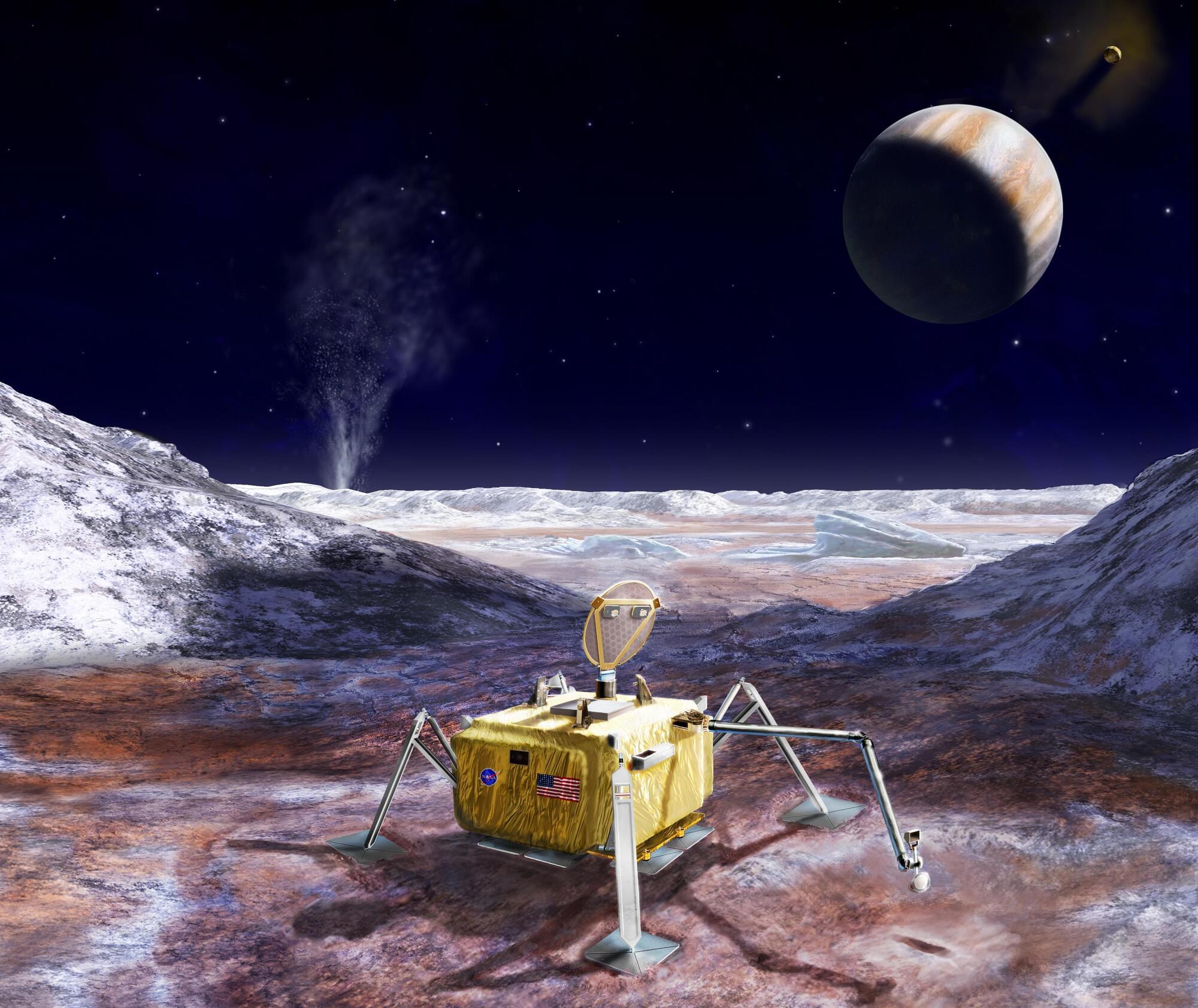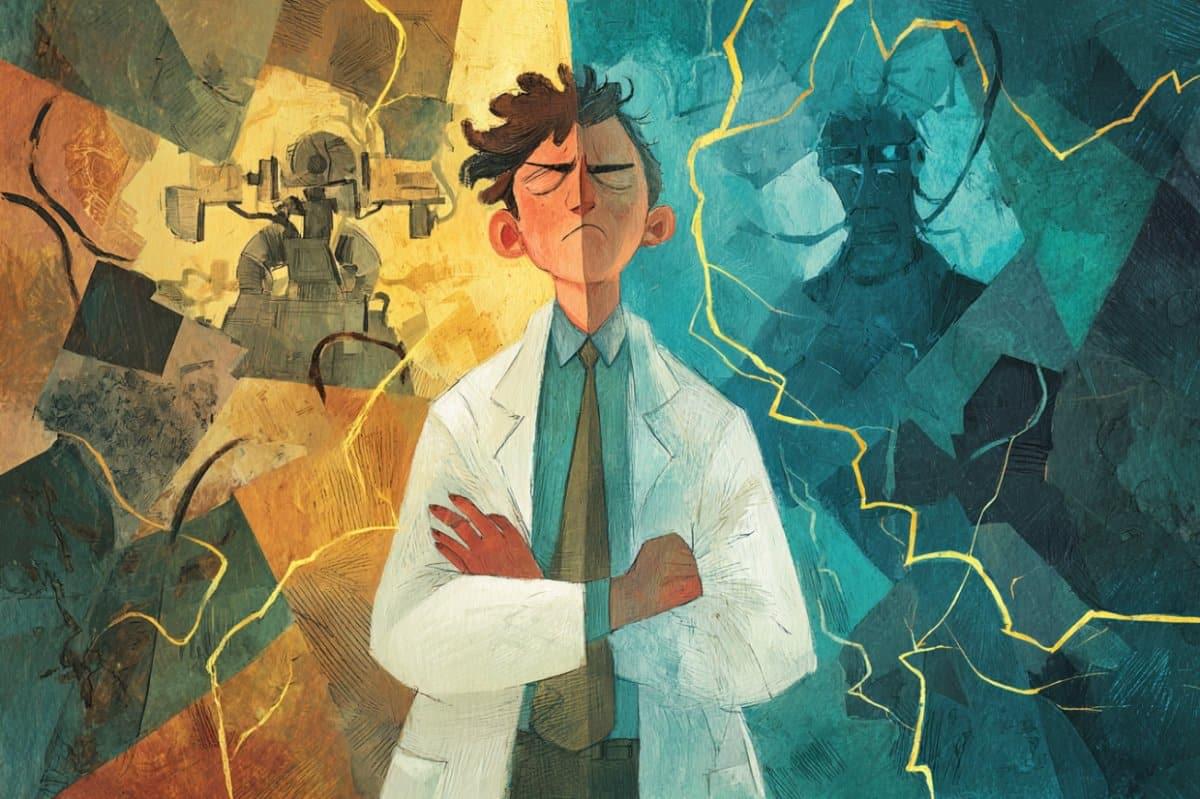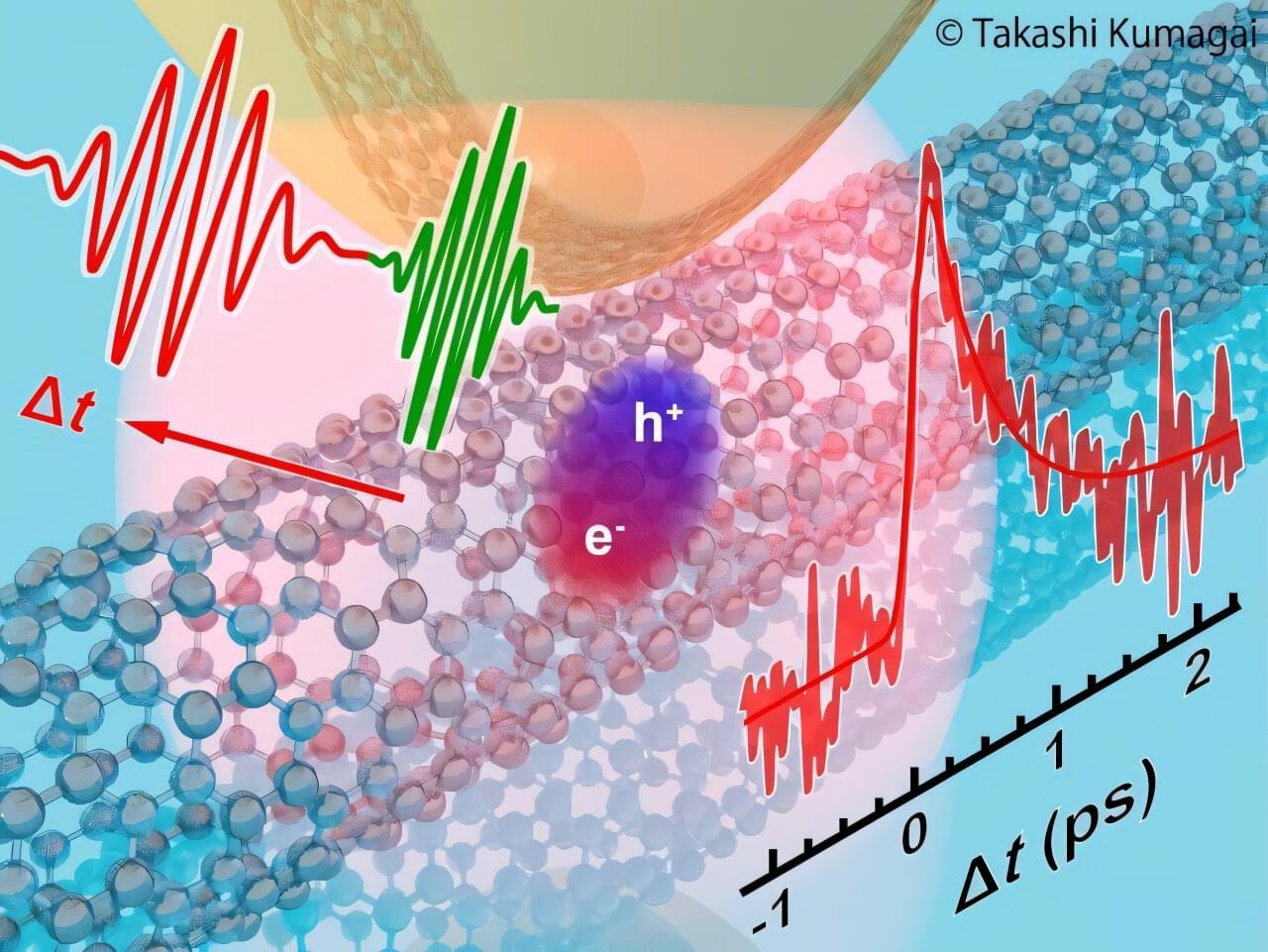In this intriguing video, we delve into the hypothetical scenario of the effects of a neutronium bomb on Earth. 🌎💥 Join us as we explore the scientific speculation surrounding this catastrophic event! Discover the potential impact and aftermath of such a powerful bomb in this thought-provoking analysis. Remember, this video is for educational and speculative purposes only. If you find scientific speculation and hypothetical scenarios fascinating, you don’t want to miss this! Don’t forget to like 👍 and share this video with fellow science enthusiasts! #NeutroniumBomb #HypotheticalScenario #ScientificSpeculation.
OUTLINE:
00:00:00 The Mysterious Neutronium Bomb.
00:01:39 Unpacking the Science.
00:03:40 Anatomy of a Neutronium Bomb.
00:05:33 The Aftermath.
00:07:36 Wrapping Up.
#Australia #Norway #UK #Austria #Germany #Switzerland.
#Brazil #Italy #NewZealand #Marshal islands #Netherlands #Antilles #Denmark #Switzerland #SouthAfrica #Singapore #Finland #Canada #Maldives, #Turkey #Slovenia #Georgia #Argentina #Thailand #SriLanka #SouthKorea #Russia #Romania #Philippines #Mauritius #India #Colombia #China #Ukraine #Tunisia #Mozambique #Jordan #Indonesia #Fiji #Albania #Vietnam #Uruguay #Uganda #Serbia #Montenegro #Nepal #Moldova #Macedonia #FYROM #Cyprus









